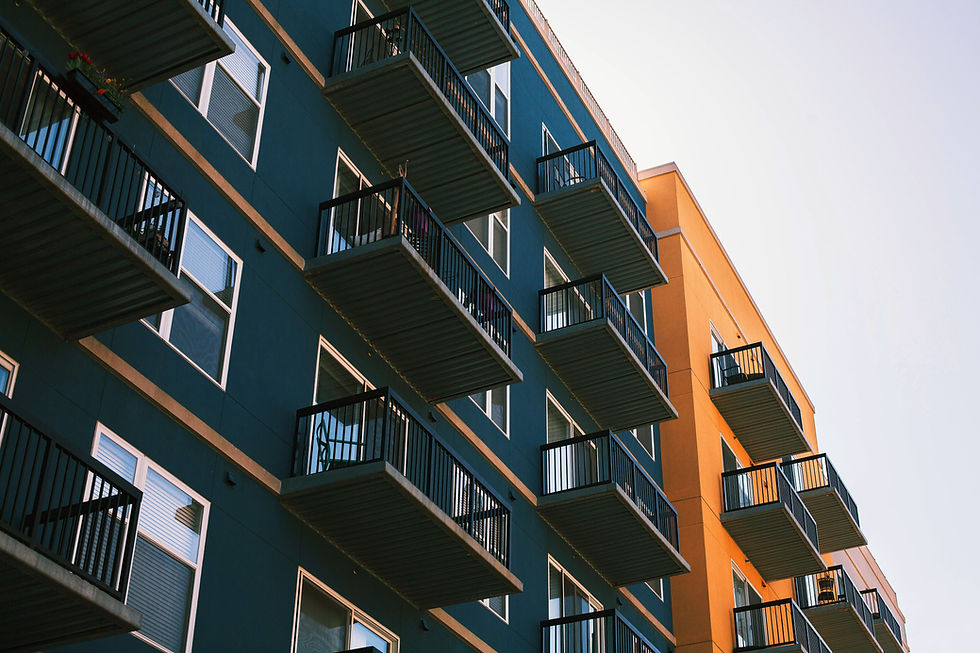What is SB 721 ("Balcony Inspection Law") All About?
- CA Balcony Inspections
- Dec 1, 2022
- 2 min read
Updated: Dec 21, 2022

California Senate Bill 721 (sometimes called the “balcony inspection law”) requires periodic inspections (every six years) of exterior elevated elements on apartment buildings with three or more units. Building owners have until January 1, 2025 to complete the first inspection.
In September of 2018, California Governor Jerry Brown signed into law SB 721 – “The Balcony Inspection Bill.” Tragically, the bill was created in response to the deaths of six University of California, Berkeley students in 2015 due to the collapse of a balcony. Inspections are intended to address the structural integrity and waterproofing performance of these balconies (and other exterior elevated elements – EEEs) on buildings with three or more units and two or more stories in height. EEE’s include walkways, balconies and decks, stairways and landings, and railings.
The law does recognize, however, that it isn’t necessary to inspect each and every EEE at a property. On larger complexes, the law allows for inspection of 15% of the respective elements to be inspected as a representative sampling. If, for example, a complex has 100 balconies framed in one particular way (Balcony Type A), 200 balconies framed another way (Balcony Type B), and 20 stairways and landings, then the Law is satisfied if 15 Type A balconies, 30 Type B balconies, and 3 stairways and landings are inspected.
Inspections can be performed only by a licensed architect, civil or structural engineer, or a building contractor holding specific licenses as a B General Contractor or C5 Framing. The law requires that the inspector report hazardous conditions – those deemed to pose a life safety threat – to the local Building Official.
Only wood- and steel-framed EEE’s are required to be evaluated. The inspector checks for indications of unintended water intrusion and structural damage, such as dry rot and steel corrosion. Deck metal edge and flashings are evaluated for corrosion and section loss, as well as adhesion of waterproofing material. Stair and deck railing attachments are evaluated for overall condition. Oftentimes, framing is concealed by soffit covering. To visually examine wood framing components such as joists, beams, and posts, small holes are drilled for a bore scope camera.
FACTS
SB 721 requires notification to the building official (city or county building department) of any condition deemed an immediate or nearly immediate life safety issue.
The owner then has a certain period to obtain a building permit and make the necessary repairs.
If most findings consist of minor problems, the owner can address as a matter of routine maintenance and upkeep.
Contractors serving as the inspector cannot perform the repairs.
Building owners must apply for permits on non-emergency repairs within 120 days of receiving the report. When a permit is approved, the owners have 120 days to complete the repairs.
Owners of properties that qualify for the inspection must call an inspector to have this completed before January of 2025.

コメント